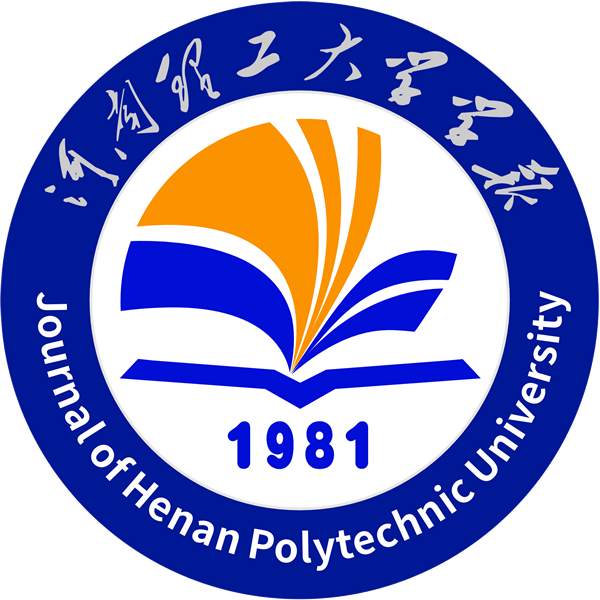| Time: 2021-03-10 | Counts: |
doi:10.16186/j.cnki.1673-9787.2019110063
Received:2019/11/26
Revised:2020/02/15
Published:2021/03/15
Study on spatial structure characteristics of human tourism resources atcounty level based on GIS :Taking Zhouzhi county as an example
TANG Xiaoling1, CHEN Yilin1, WANG Yingjie2
1. College of Management,Xi’an University of Architecture and Technology,Xi’an 710055,Shaanxi,China; 2. Institute of Geographic Sciences and Natural Resources Research,Chinese Academy of Sciences,Beijing 100101,China
Abstract:In order to study the spatial structure distribution of human tourism resources in counties, an overall and comprehensive analysis was conducted, and the spatial distribution law of human tourism resources was revealed. The buffer analysis based on point ( town ) , line ( national road , provincial road , county road ) and point line synthesis was carried out for Zhouzhi county human tourism resources by using GIS buffer analysis, kernel density estimation and other methods. From the two dimensions of spatial structure and resource attribute, it conld be concluded that the human tourism resources of Zhouzhi county had a clear spatial pattern of “ three clusters and two belts“ in general, that was, resources ware obviously concentrated in two large areas and a small area and attached to the main traffic line of" belt" distribution. In a small area (township ) , it also presented a relatively scattered feature. The traffic directivity and township driving force ware obvious, which provided scientific basis for Zhouzhi county to extend the depth of tourism planning and follow-up development. At the same time, Zhouzhi county had abundant and high quality tourism resources. It was typical and representative at the county level. The evaluation of tourism resources was of great significance to the sustainable development of county tourism.
Key words:human tourism resource;Zhouzhi county;GIS buffer analysis;spatial distribution characteristic
- 附件【基于GIS的县级尺度人文旅游资源空间结构特征研究_以周至县为例_唐晓灵.pdf】Download 次

